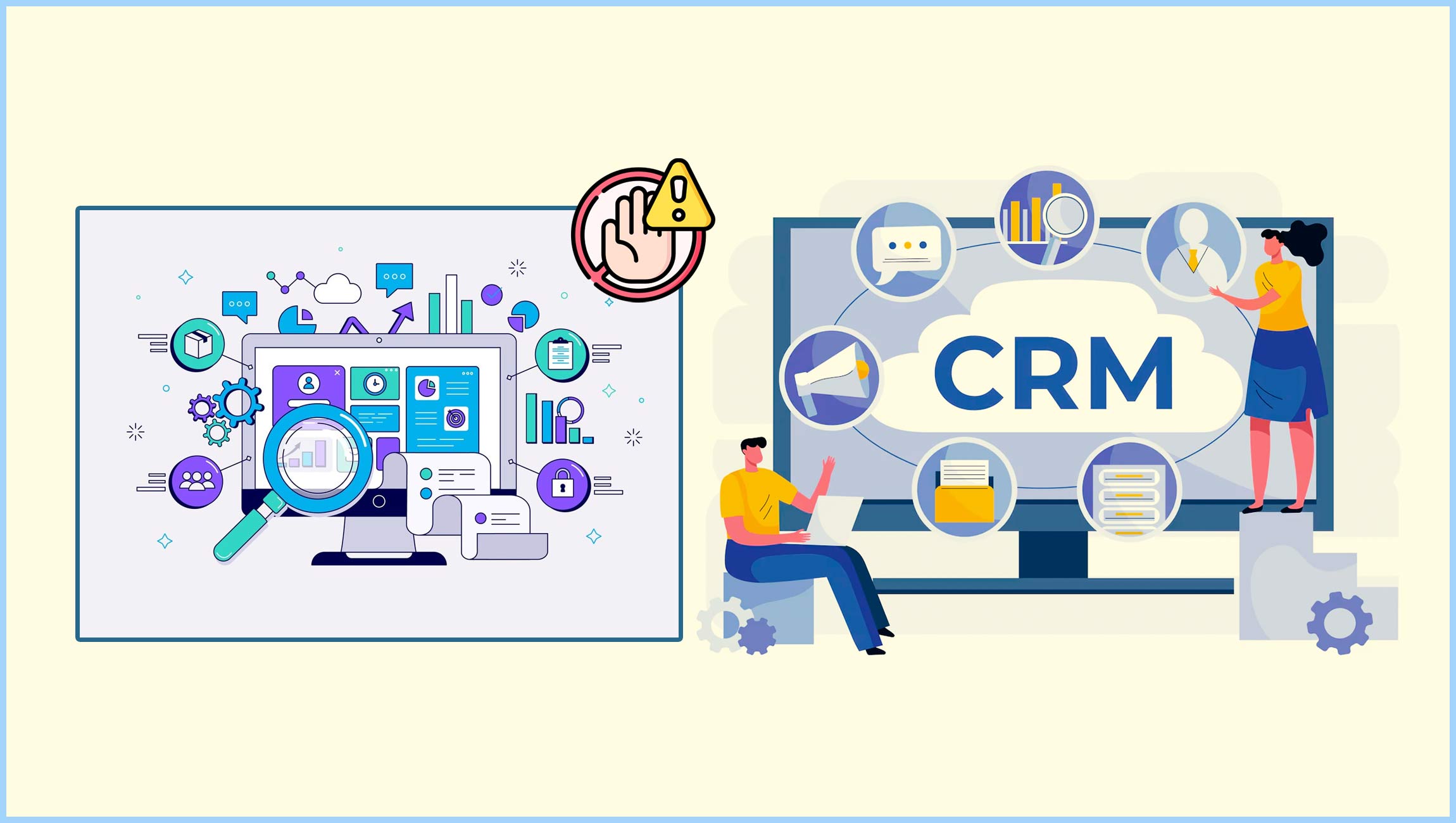Physical Address
304 North Cardinal St.
Dorchester Center, MA 02124
Physical Address
304 North Cardinal St.
Dorchester Center, MA 02124

The rise of marketing technology (Martech) has revolutionized how businesses manage campaigns, automating repetitive tasks and optimizing customer journeys. From streamlining processes to enhancing data-driven decision making, Martech solutions are now integral to modern marketing strategies.
However, as the landscape continually evolves, outdated tools can hinder progress and create inefficiencies. Knowing when to replace or upgrade these tools is essential to stay competitive and avoid Martech fatigue. This blog explores the signs of Martech burnout, strategies for auditing your stack, and the tools most often replaced in 2024.
Recognizing when your Martech tools are no longer serving your business is crucial to maintaining operational efficiency. Here are some common indicators that it may be time to change:
When your Martech tool fails to integrate well with other platforms, it disrupts workflows and hinders productivity, signaling the need for an upgrade.
As technology evolves, the cost of maintaining outdated systems may outweigh their benefits. A decline in ROI despite continued investment indicates that it is time to reevaluate your tools.
As your business expands, your Martech must scale with it. Tools that hinder growth or fail to support new strategies can derail your business’s progress.
An outdated or cumbersome interface can lead to frustration and decrease productivity. If your team finds it difficult to effectively use the tool, it’s time to consider an upgrade.
Marketing automation platforms, CRM and SEO tools often have shorter lives in Martech stacks due to rapid technological advancements. Here’s why:
Marketing Technology News: MarTech Interview with Jon Moran, Head of MarTech Marketing Solutions @ SAS
Conducting regular audits of your Martech stack ensures you are using tools that align with your current business needs. Here’s a step-by-step approach to conducting an effective audit.
Martech fatigue occurs when companies overinvest in underutilized tools or overwhelm employees with too many platforms. To avoid this, implement a proactive strategy:
As companies evaluate their Martech stacks, certain tools stand out as frequent candidates for replacement. In 2024, the following categories are the most commonly replaced.
With new AI and machine learning capabilities, old automation tools are often replaced by more advanced platforms that provide greater personalization and predictive analytics.
CRM systems with limited integration options or poor data reporting are commonly replaced. Newer systems with advanced analytics and better integration capabilities are becoming popular choices.
The rapidly evolving landscape of search engine optimization requires tools to constantly update algorithms and data analysis. Outdated SEO platforms are replaced more often due to a lack of adaptability.
As businesses look for efficient methods to manage their digital assets, older CMS platforms are often traded for systems that better support omnichannel content delivery.
Martech burnout is a growing concern for marketers in 2024. Recognizing when tools no longer meet your needs, conducting regular audits, and managing investments carefully are essential strategies to maintain a productive Martech stack. By proactively addressing these issues, businesses can ensure they are using the right tools to support their growth and avoid the common pitfalls of overinvestment and burnout.
Marketing Technology News: AI Powered MarTech’s Role in Automated Brand Storytelling